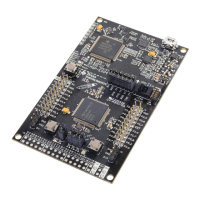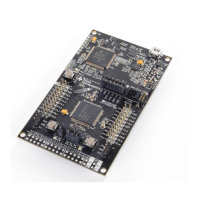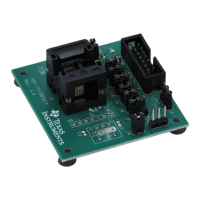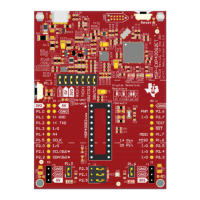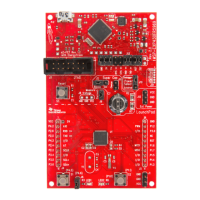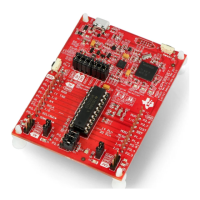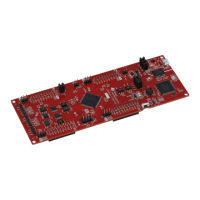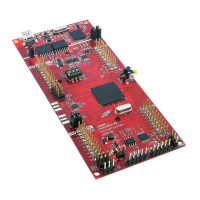38
Code Example
#include <msp430.h>
void BCSplus_graceInit(void);
void GPIO_graceInit(void);
void WDTplus_graceInit(void);
void System_graceInit(void);
void main(void)
{
/* Stop watchdog timer from timing out during initial start-up. */
WDTCTL = WDTPW | WDTHOLD;
/* initialize Config for the MSP430 GPIO */
GPIO_graceInit();
/* initialize Config for the MSP430 2xx family clock systems (BCS) */
BCSplus_graceInit();
/* initialize Config for the MSP430 System Registers */
System_graceInit();
/* initialize Config for the MSP430 WDT+ */
WDTplus_graceInit();
while(1)
{
P1OUT ^= BIT6;
_delay_cycles(1);
};
}
void BCSplus_graceInit(void)
{
/* USER CODE START (section: BCSplus_graceInit_prologue) */
/* User initialization code */
/* USER CODE END (section: BCSplus_graceInit_prologue) */
/*
* Basic Clock System Control 2
*
* SELM_0 -- DCOCLK
* DIVM_1 -- Divide by 2
* SELS -- XT2CLK when XT2 oscillator present. LFXT1CLK or VLOCLK when XT2
oscillator not present
* DIVS_3 -- Divide by 8
* ~DCOR -- DCO uses internal resistor
*
* Note: ~DCOR indicates that DCOR has value zero
*/
BCSCTL2 = SELM_0 | DIVM_1 | SELS | DIVS_3;
if (CALBC1_1MHZ != 0xFF) {
/* Follow recommended flow. First, clear all DCOx and MODx bits. Then
